Paleontology
-
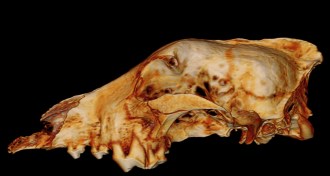 Paleontology
PaleontologyAncient wolf skulls challenge dog domestication timeline
A 3-D analysis of two ancient canine skulls from Russia and Belgium suggests the fossils were of wolves, not dogs.
-
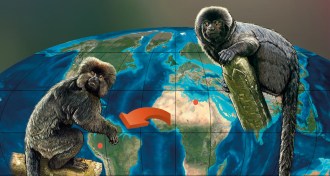 Paleontology
PaleontologyMonkeys reached Americas about 36 million years ago
Peruvian fossils suggest ancient African primates somehow crossed the Atlantic Ocean and gave rise to South American monkeys.
By Bruce Bower -
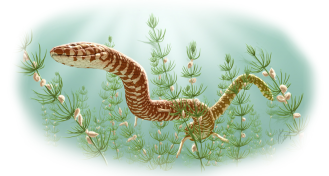 Paleontology
PaleontologySnakes crawled among Jurassic dinosaurs, new timeline says
Earliest snake fossils provide evidence snakes evolved their flexible skulls before their long, limbless bodies.
-
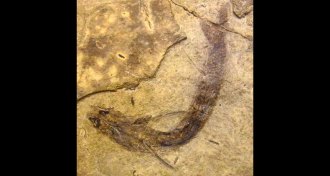 Life
LifeFossil fish eye has 300 million-year-old rods and cones
A fossil fish shows the earliest evidence of rods and cones, cells essential for color vision in vertebrates.
-
 Earth
EarthMega volcanism indicted in dinosaur demise
Precision dating strengthens idea that climate-altering Deccan volcanism contributed to dinosaur extinction.
-
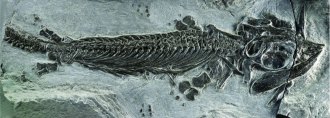 Paleontology
PaleontologyAncient sea creature took to land and sea
A primitive relative of the ichthyosaur had strong bones and big flippers.
By Meghan Rosen -
 Paleontology
PaleontologySome trilobites sported dual digestive tracts
CT scans reveal trilobites with two-lane digestive tracts.
-
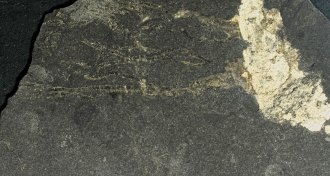 Paleontology
PaleontologyAncient jellyfish suffered strange, sandy death
A fossil hints at the unusual series of events that led to an ancient jellyfish’s preservation and may offer clues to understanding odd sand deposits found elsewhere.
-
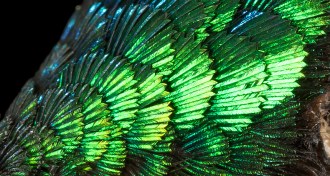 Paleontology
PaleontologyBright feathers give hints about dino vision
Dinosaurs may have seen the world in brilliant ultraviolet light and turquoises, which may have influenced the evolution of birds' feathers.
-
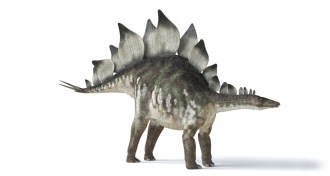 Paleontology
PaleontologyStegosaurus landed a low blow in dino brawl
During a dinosaur scuffle 147 million years ago, a stegosaurus whipped an allosaurus in the crotch.
-
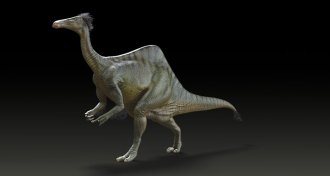 Paleontology
PaleontologyMystery fossils belonged to giant ostrichlike dinosaur
Two recently found skeletons reveal that Deinocheirus, first discovered 50 years ago, was the largest-known dinosaur of its kind.
By Meghan Rosen -
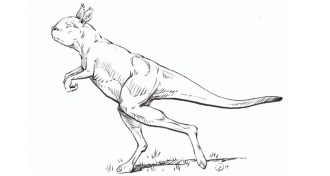 Paleontology
PaleontologyExtinct giant kangaroos tiptoed one leg at a time
Stiff spines, flared hips and other fossil clues suggest extinct, refrigerator-sized kangaroos stepped one hind leg at a time instead of hopping.
By Susan Milius